The titanic fashion was different for women of different classes. These class differences were very significant and easy to identify because of their styles and fashion. The 1st class women always tried to show their wealth and social status through their dresses. But most of the 2nd or 3rd class women had different stories. They were not as wealthy as the 1st class women, neither had dresses or fashion accessories like them.
The 2nd or 3rd class women’s Titanic fashion was very simple and comparatively very cheaper than the 1st class women fashion. But obviously, they had influences of the 1st class women’s fashion, because who doesn’t want to be the best one? So, they tried to do the best within their limits, especially the 2nd class women.
In the later Edwardian era, different fashion wits had already begun to spread among the women of all classes. Like, through movies, magazines, cheap postcards with images of the upper-class actress, etc. started to bring fashion to the reach of general women. Even the newspaper started to publish articles about fashion. These incidents confirmed the access of lower-class women in fashion and made them interested. Many departmental stores started to grow in big cities. All kinds of women started to go there and buy or at least watch and learn about the ongoing fashion trends.
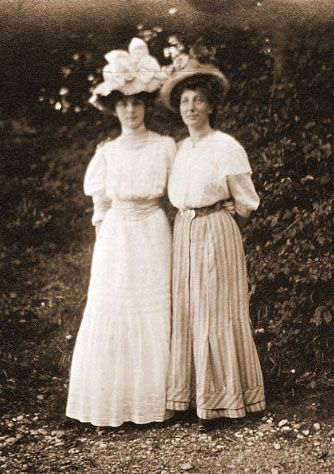
So, when the Titanic was sailing towards the north, it was carrying a bunch of fashionable women of a different class. The second class women were not necessarily fashionable like the 1st class women but they were good enough. Even the 3rd class women, who were considered as poor, were also trendy or at least trying to be trendy.
There were 710 3rd class passengers on the ship. Most of them were traveling from America to join their family. There are not so many authentic sources to know about the exact fashion of titanic 3rd class women. The only sources are the photos taken by them during the journey. As the ship sank at around 2:00 PM of the night, most of them were wearing their night dresses.
2nd and 3rd class passenger women’s dresses:
The 1st class passengers had the trend to wear tailor-made morning suits in the morning. The other classes also followed the same trend. But differences were in the quality and design of the dress. A full woolen morning dress, including a woolen skirt, jacket, and blouse was not affordable for most of the middle or lower class women. So some only used wool to make the skirt and paired it with a flannel blouse and knitted coat. Some used other materials that were affordable for them. They just mixed and matched the style.
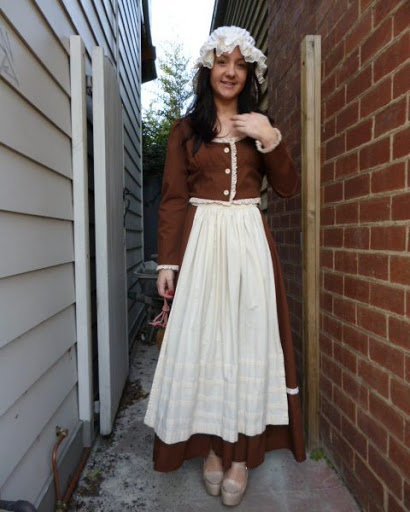
They used cheaper materials to cut the expenses. Popular materials to make these tailored-suits were wool serge, shoddy, or tweed. Sometimes a recycled fabric made of a rug was also used. Darker colors, like black, blue, brown, etc. were the common color choices. By the end of 1912, other classic colors like purple, violet, burgundy, olive, etc. started to become popular. Though it was not very convenient for the lower class women, some middle-class women had an all-white suit. Stripes or small prints also became popular among these women by this time.
Hobble skirt was a common attire for upper-class women but it was not very practical or comfortable for the other classes as most of them were working-class people. They needed to move and work comfortably. So, they used high waist slim fit skirts which had many pleats or slits with the suits and a long jacket over the skirt. These dresses made their movement and work easy and comfortable.
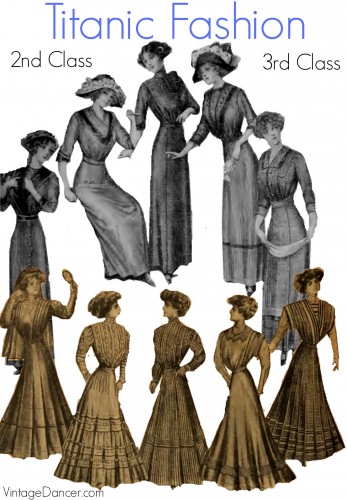
Women of middle classes were more likely to keep pace with the trends. They tried to follow the upper-class women’s dress patterns and designs. Some of them too had dresses made from wool or cotton, which may be less in number. They preferred the darker colored clothes in the winter season and light-colored clothes in the summer. But the 2nd or 3rd class women not necessarily had a separate morning or evening dresses like the 1st class women.
Titanic fashion: Coats
As the ship was heading towards the north, it was a cold journey and the coat was a necessity for the women of all classes. Most of them used the long overcoats with loose-fitting and made from wool. But these coats didn’t have fur like the 1st class women’s coats. They wished these coats in darker colors like the upper class. Those lower-class women who couldn’t afford the coats bought bright colored long woolen shawls, which were not very stylish but would do the work.
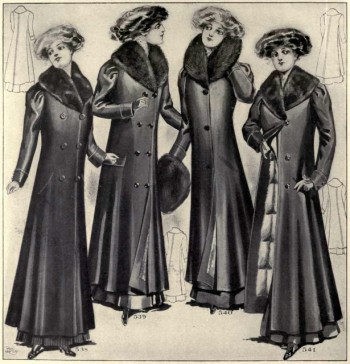
Titanic Fashion: Hats
Hats were the most common thing among the titanic outfits. Women of all classes wore hats. These hats were big in size and decorated with beads, laces, ribbons, and of course, large ostrich feathers. Women from the upper classes could afford the hats with better quality or design but they didn’t have that many differences in size or color than the other classes.
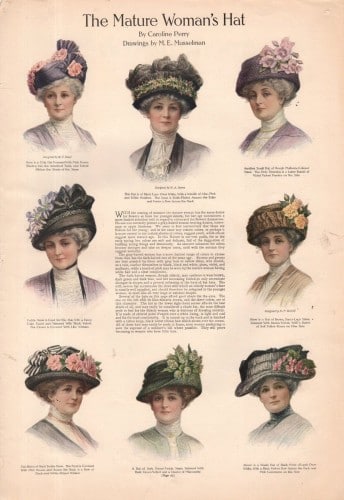
The lower class women liked to wear smaller hats because that was more practical for them. But these smaller hats also had heavy decorations. As this was etiquette to wear a hat, all the men and women from all classes usually had more than one hat in their closet.
Boots and shoes:
Ankle length, lace-up leather shoes were the most common footwear. Sometimes they had buttons on the side instead of lace. These shoes were not only fashionable but also a good thing for them. They collected their shoes from traditional shoemakers. The shops usually offered more fashionable shoes but they preferred the shoemakers because those were cost-effective and fashionable at the same time. Some second class women might buy some ongoing trendy oxford shoes or pumps for the shops according to their wealth. But if the lower class wanted these shoes, they had to go for the second-hand shoes.
Where did the Titanic women shop?
The place from where they shop was one of the main differences between the upper class and middle or lower class women. An upper-class woman could always buy a readymade dress from the famous houses or custom made them with any tailor. The middle-class women usually had the clothes made by local tailors. Sometimes they were made by their friendly neighbor who did sewing as their side profession.
Most girls learned to sew in school, so they often made their own dress. Sometimes they followed the designs they saw in a paper, magazine, or postcard and tried to make their own dresses in that pattern. With time, many shops started to make dresses targeting the middle or lower class women. So, they didn’t have to spend time sewing their dresses anymore, rather they got the chance to go to the market and buy the dress or accessories they liked just like the upper-class women. These clothes were made from cheaper materials like the blend of wool, cotton, or satin. These ready-made clothes were loose-fitting so that they can fit anyone. After buying, women altered these clothes according to their needs.
Most of the lower class women did not buy new clothes, rather there was a used cloth shop where they could buy recycled clothes from themselves. But it was not forbidden for them to use the upper-class dresses or fashion. They were free to embrace anything according to their wealth and limit. For sure, they always desired and tried the best!

